Ping Chong on using art to empower and heal

Transcript
[The words “Art is” appear, followed by scrolling words…Empathy, Practice, Hope, Change, Beauty…it stops at Action. Art Is Action.]
[Multimedia performances, installations, and workshops are interspersed throughout the video from puppeteers to live stage productions.]
Ping Chong, theater director and artist: For me, it’s about the urgency of being a proactive artist. We’re drifting so far away from our humanity, not only because of politics but because of technology, that we need to retrieve who we are. In my own work, I’m creating spaces for ordinary citizens to feel empowered to speak onstage, telling their own truth.
There’s been over 60 productions with different communities—with the Congolese community, victims of war, with folks who were sexually abused as children, with people who have disabilities. Part of my work is also about healing. It’s about helping people feel reaffirmed. That has value in helping to create a society that’s more just and more humane.
[The words “Art is” appear, followed by scrolling words…Action, Expression, Change, Creativity, Hope…it stops at Justice. Hashtag Art Is Justice. Agree? Share this video.]
[Ford Foundation logo: a globe made up of a series of small, varied circles.]
Accessibility Statement
- All videos produced by the Ford Foundation since 2020 include captions and downloadable transcripts. For videos where visuals require additional understanding, we offer audio-described versions.
- We are continuing to make videos produced prior to 2020 accessible.
- Videos from third-party sources (those not produced by the Ford Foundation) may not have captions, accessible transcripts, or audio descriptions.
- To improve accessibility beyond our site, we’ve created a free video accessibility WordPress plug-in.
Ping Chong is a theater director, choreographer, and video installation artist. Born in Toronto and raised in New York City’s Chinatown, he is a seminal figure in the Asian American arts movement and a pioneer in the use of media in theater. His theatrical works bring his unique artistic vision to bear on major historical issues of our times and focus on bringing unheard voices and underrepresented stories to the stage. Encompassing puppetry, dance, documentary theater, sound, and other experimental theater forms, his works have explored a wide variety of subjects, from a hidden genocide in Africa to modernization in China to the experiences of Muslim youth in post-9/11 America. Throughout, the common thread has been a unifying commitment to artistic innovation and social responsibility.
Since 1972, as founder and artistic director of Ping Chong + Company, he has created over 100 productions which have been presented at major theaters, festivals, and museums worldwide. Major interdisciplinary works include Collidescope: Adventures in Pre- and Post-Racial America (with Talvin Wilks; University of Maryland, 2013; University of Massachusetts Amherst, 2015; Wake Forest University, 2017), Throne of Blood (Brooklyn Academy of Music, Oregon Shakespeare Festival, 2010), Cathay: Three Tales of China (John F. Kennedy Center for the Performing Arts, 2005), Kwaidan (Center for Puppetry Arts, Jim Henson Festival, 1998), Deshima (Mickery Workshop, 1990), Nosferatu (La MaMa, 1985/1991), Angels of Swedenborg (1984/2011), among many others.
In 1992, he created the first Undesirable Elements production, an ongoing series of community-based oral history projects, working with real people to explore issues of culture and identity. Representative works in the UE Series include Beyond Sacred: Voices of Muslim Identity (LaGuardia Performing Arts Center and touring, 2015) Inside/Out: Voices from the Disability Community (Kennedy Center, 2008), Cry for Peace: Voices from the Congo (Syracuse Stage, 2010), and Gaijin (Yomiuri Prize, Tokyo Metropolitan Theatre, 1995). His puppet theater work ALAXSXA|ALASKA premiered in August 2017 at the University of Alaska Anchorage and will be presented at La MaMa in October. Theatre Communications Group has published two volumes of his plays, The East/West Quartet and Undesirable Elements: Real People, Real Lives, Real Theater. Chong is the recipient of a Guggenheim Fellowship, a USA Artist Fellowship, two Bessie Awards, two Obie Awards, a Doris Duke Performing Artist Award, and a 2014 National Medal of Arts. He lives in New York City.
Other videos in this series
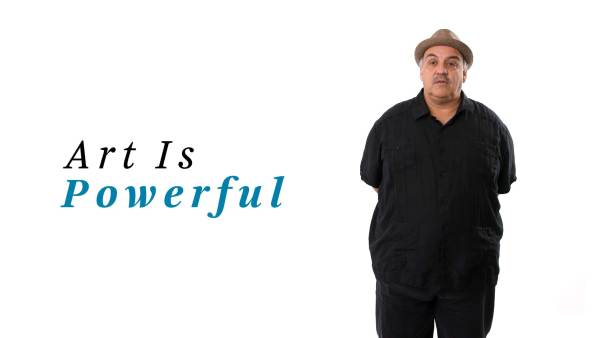
Luis Alfaro on the power of art and imagination
Art is powerful. Playwright Luis Alfaro shares how he uses art to stimulate the imaginations of those who might not be able to see a better life for themselves. He writes plays with narratives that allow people to envision themselves as free in the world.
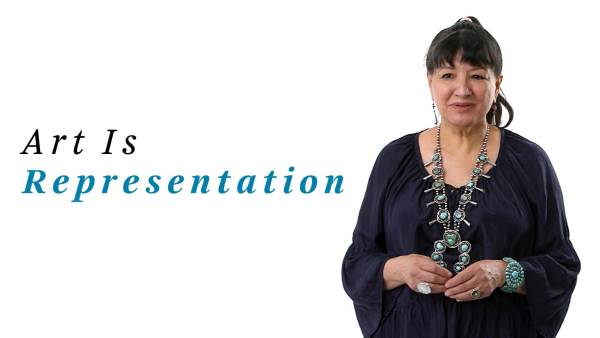
Sandra Cisneros on how art changes lives
Art can change lives for the better. Author Sandra Cisneros writes books that allow young people to see themselves represented on the page. As she says, when people see themselves represented in a way that is empowering, they feel more able to make a difference in the world.
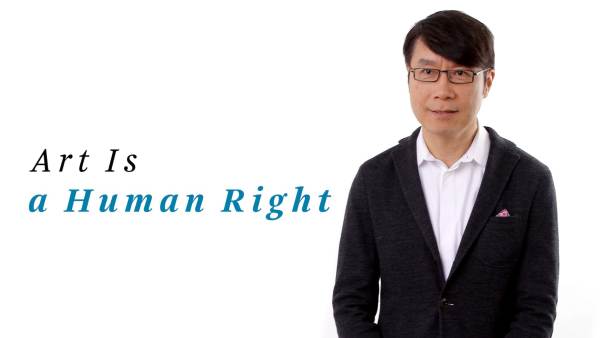
Samuel Hoi on art and human rights
Art is a way to shift reality and make an impact beyond the cultural field. Samuel Hoi cites Good Chance Theater staging shows at a refugee camp in northern France as an example of how art can uplift human rights.
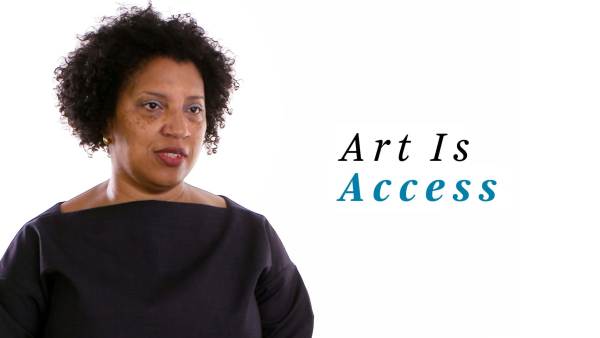
Robin Coste Lewis on how art creates access
Art can be a tool of resistance and beauty. Poet Robin Coste Lewis details how poetry helped her see her body as an aesthetic and political tool, and how art can allow marginalized communities to be seen and included.
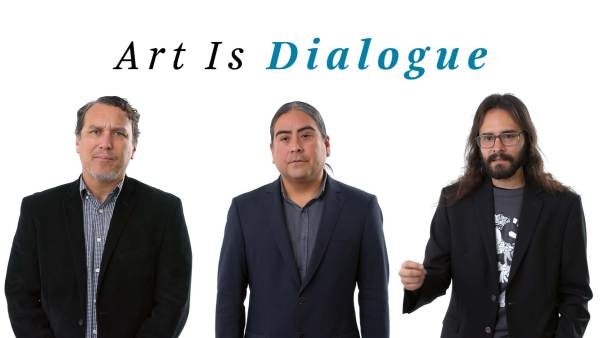
Postcommodity on using art to dialogue
Art can be used to create dialogue between people and break “us-versus-them” mentalities. The collective Postcommodity discusses how it uses art to uplift communities and ensure they have agency to communicate their own needs and desires.
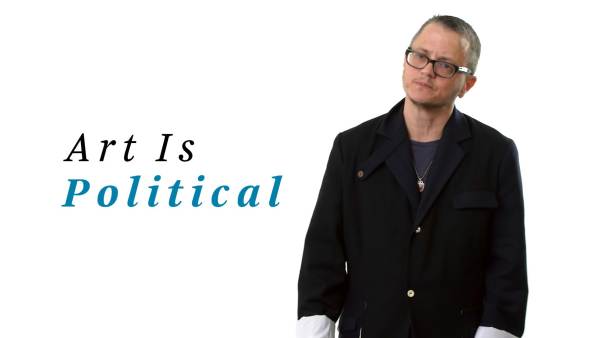
P Carl on the power of curation
Art has to be connected to the politics of our world, because it can bring us together in ways politics can’t. Theater director P Carl believes theater should be curated with the idea that everyone belongs, and in this way, it can help connect people to the issues that really…
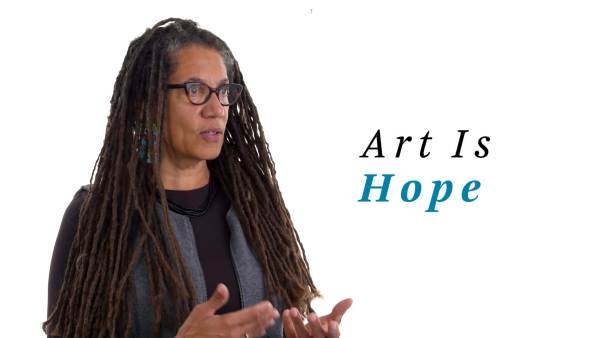
Nikky Finney on using art for change
Art can connect us across time. Poet Nikky Finney draws on stories from the past to challenge artists to continue their efforts for social change. She believes artists should heed lessons from the past and bring them into the future.

Mira Nair on cultural representation
Art gives us the ability to see other cultures and to look at the world anew. Director Mira Nair uses film to tell stories of marginalized communities that are not often represented on screen. She believes art can help people see their place in the world.

Michelle Dorrance on how tap represents social change
Art can represent social change, and tap dancer Michelle Dorrance believes the history of American culture can be seen in the history of tap—early tap dancers were catalysts for social change. By referencing the past and showing a vision for the future, dance can change the world.
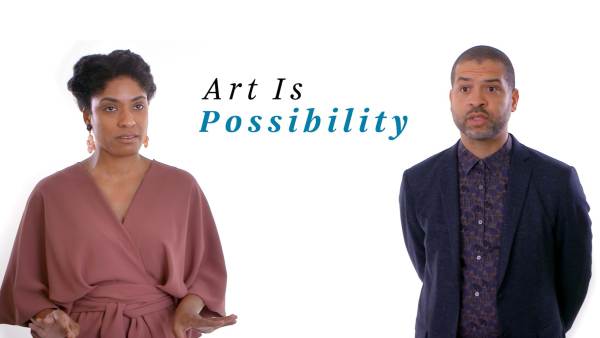
Alicia Hall Moran and Jason Moran on how art is possibility
Art has the power to make a big impact in our world. Musicians and educators Alicia Hall Moran and Jason Moran believe art has the potential to connect people and challenge inequalities. Through art, we can bridge the gap between past and present, and learn more about each other.
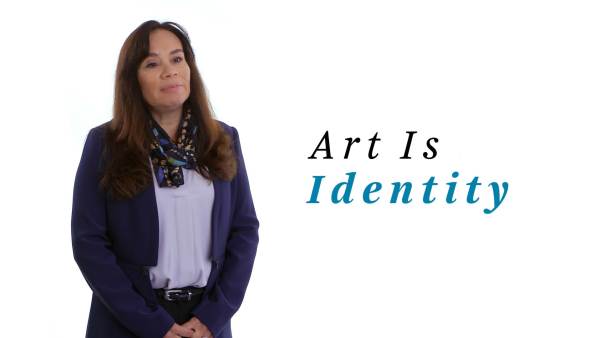
Lori Pourier on the link between art and identity
Art allows us to reveal our identities. President of First Peoples Fund Lori Pourier sees artists as changemakers in society who can help restore history and educate us about our past. In this way, artists can restore both public history and personal identity.
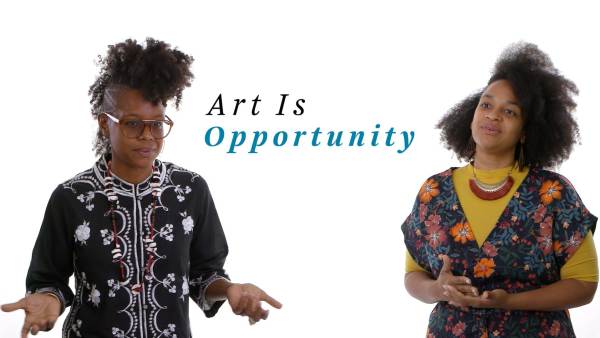
Las Nietas de Nonó on creating opportunities with art
Art gives us the opportunity to create change in communities. The art duo Las Nietas de Nonó use art to share voices of underserved communities in Puerto Rico. They believe in creating theater in alternative spaces, where people’s voices can be heard and a genuine exchange of voices takes place.
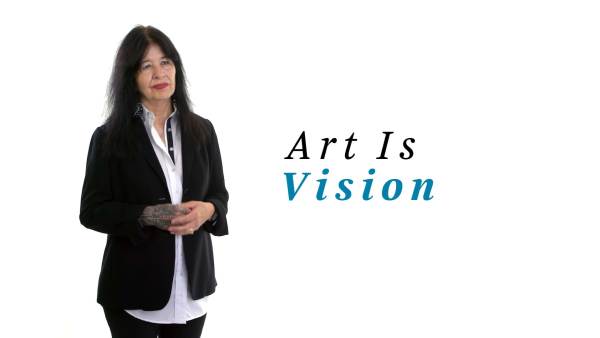
Joy Harjo on how artists have vision
Artists can give vision to a community. Poet Joy Harjo uses her art to strive for gender justice. She believes artists have a responsibility towards growing the communities they’re in, creating a vision for those around them and fostering compassion.
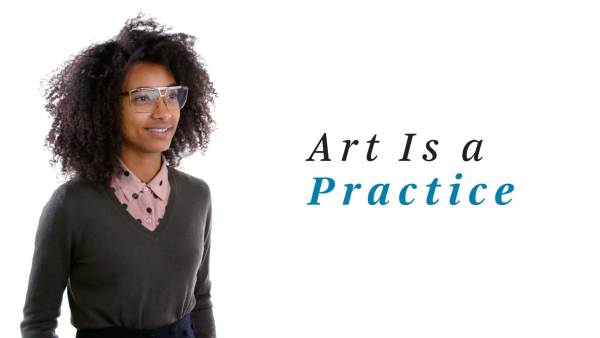
Esperanza Spalding on art as a practice
Art can help heal people. Grammy-winning musician Esperanza Spalding believes artists, through practicing their craft, can experiment and reposition their work to find the best ways to help and encourage people to transform negative situations for the better.
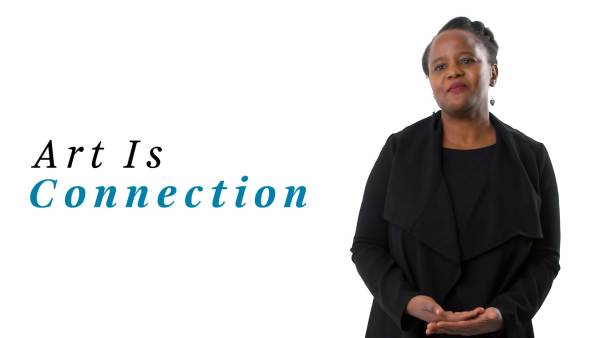
Edwidge Danticat on how literature connects us
Art can transport us to different places and connect us to each other. Novelist Edwidge Danticat uses her writing to share stories that dispel stereotypes and help foster greater understanding. She believes that breaking bias is done through sharing stories.
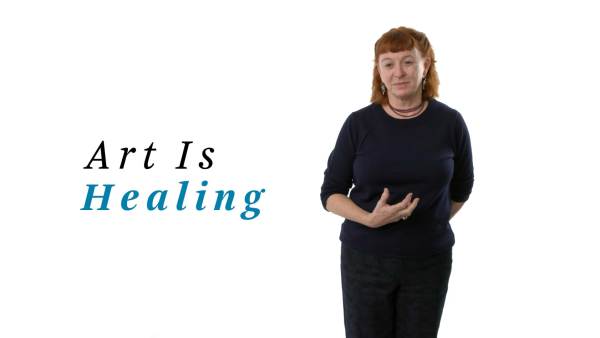
Deborah Luster on how art heals
Art encourages healing by connecting stories between people. Deborah Luster knows firsthand how art can help others heal. She channeled the pain she felt after her own loss to help bring about healing in a prison community.
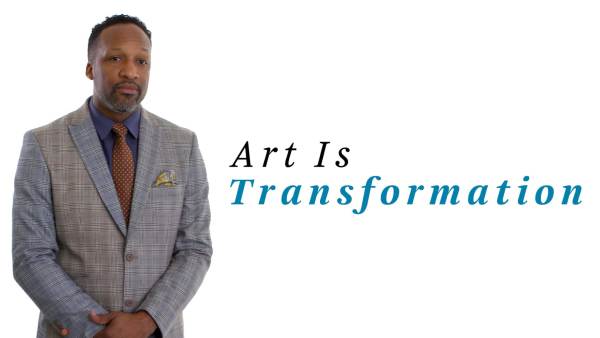
Carlton Turner on how art transforms culture
Artists are cultural strategists working to eliminate oppression and dismantle inequality, says performance artist Carlton Turner. He explains how artists take community work and engage in social transformation by giving voice to those who’ve been disenfranchised. Communities can shift because of the work artists are doing.